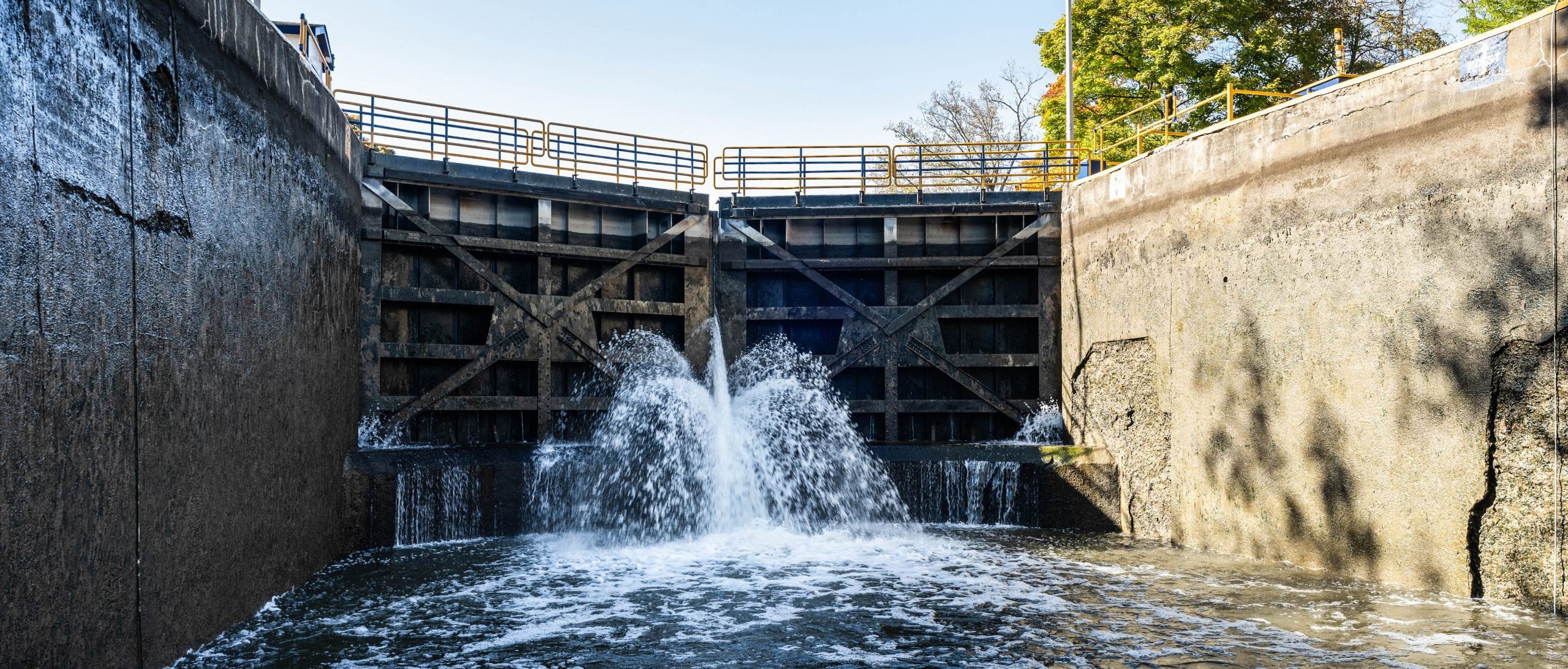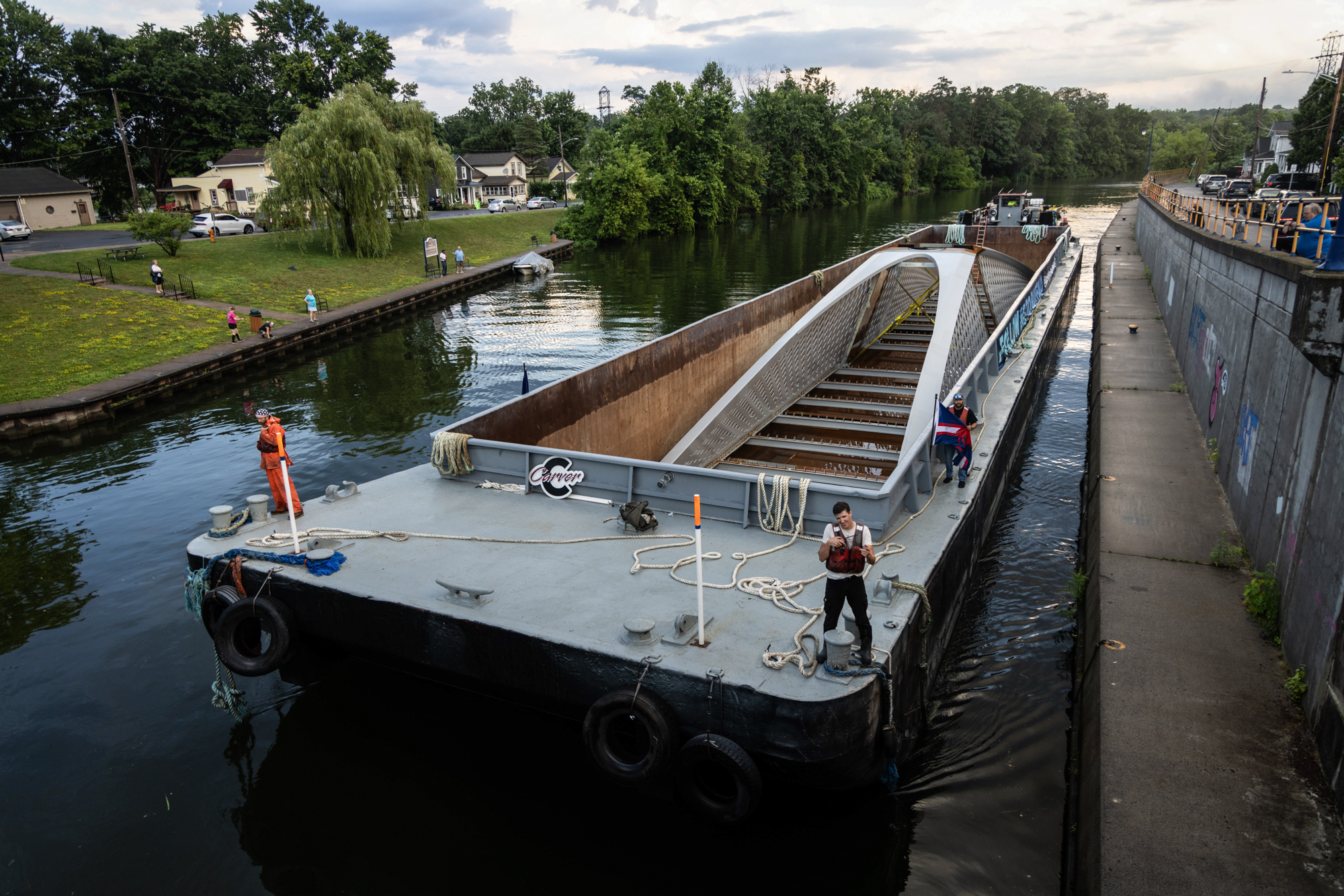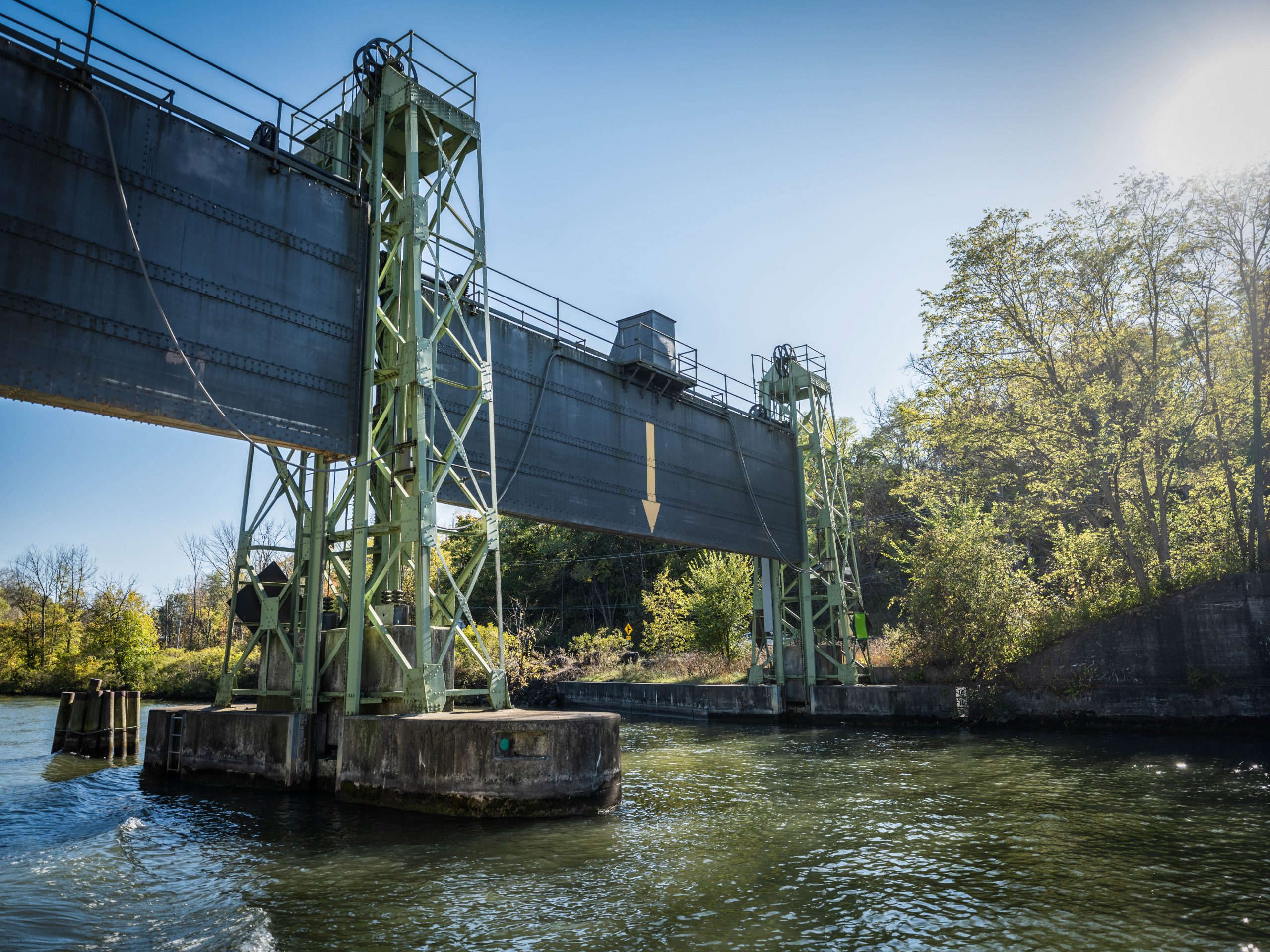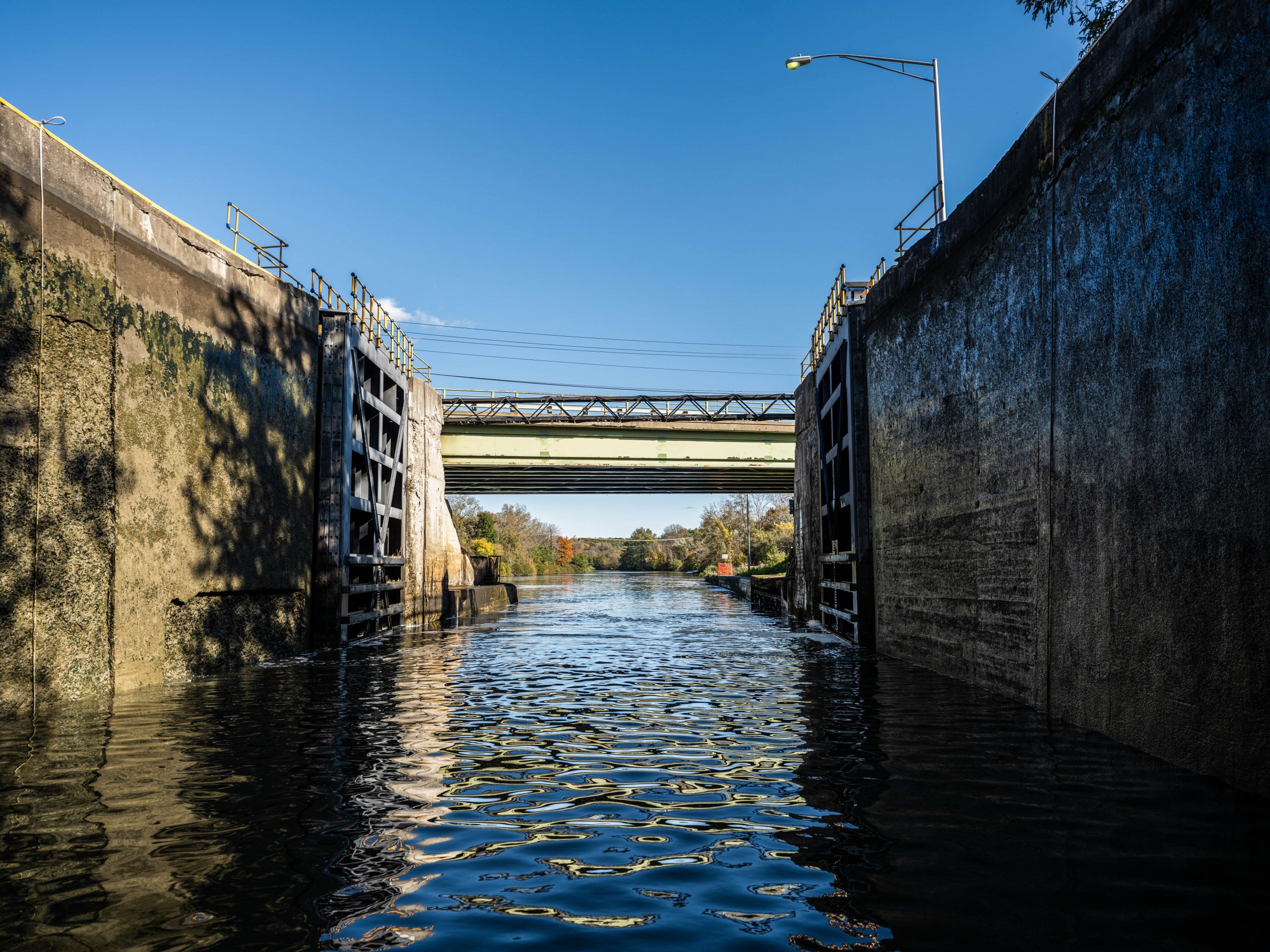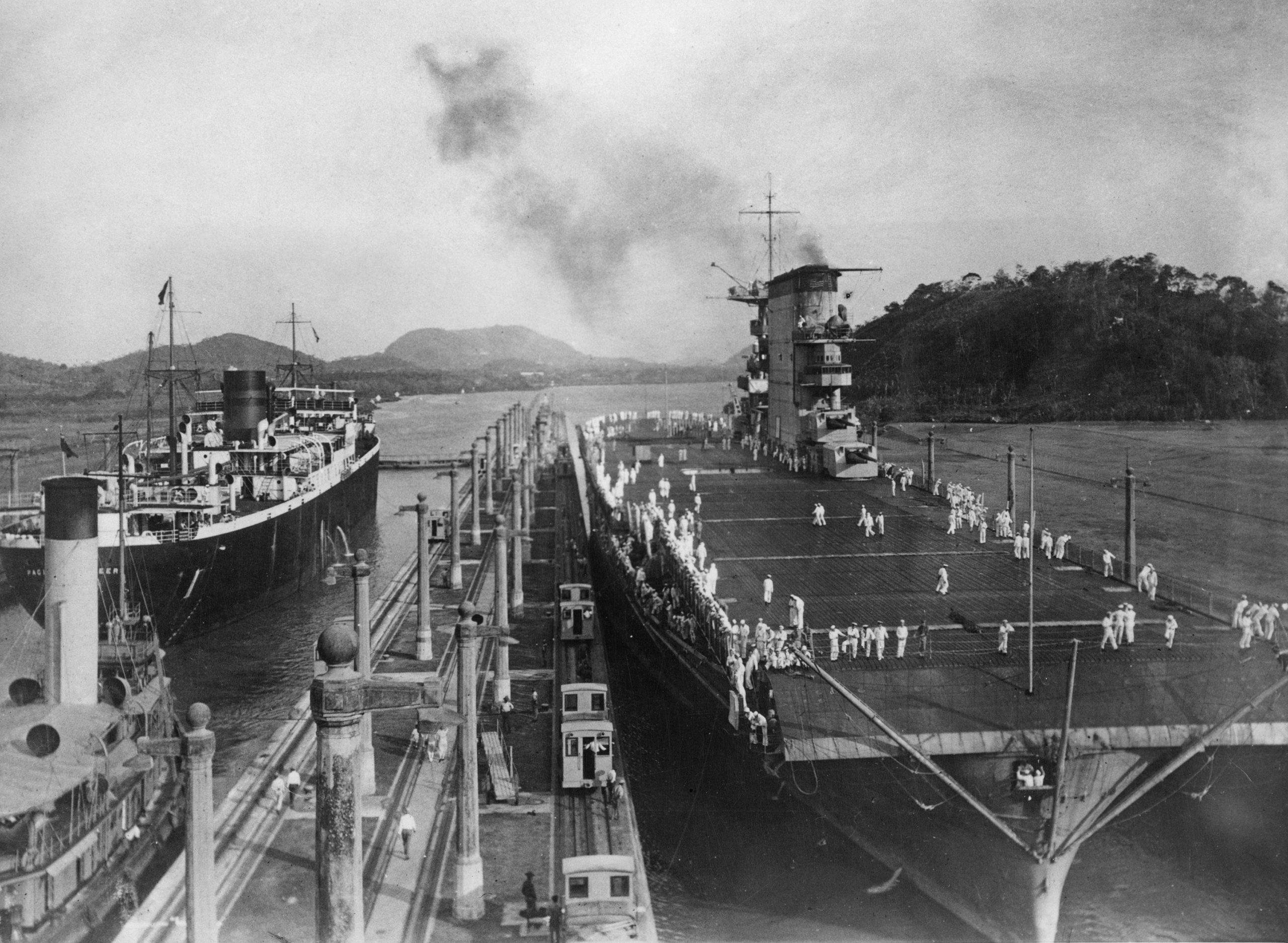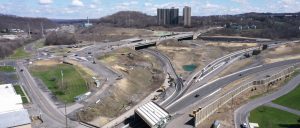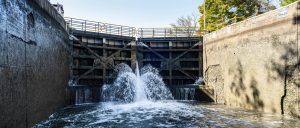Many of the locks from the original Canal are considered historical landmarks and act as cornerstones of the community around them, some even inspiring festivals and other celebrations. Others are less well-known or maintained — Stenshorn explained the state of such structures.
“Some are kind of back to nature, they’ve been abandoned and they’re just kind of relics of the past,” Stenshorn said. “People do still hunt them out and find them, but many of them are covered in moss, trees, vegetation, home to wildlife now.”
Various organizations have invested considerable time and effort to maintain other locks as historical destinations. The locks must be preserved to keep from falling apart, requiring research on the original designs and engineering expertise. The National Park Service’s Heritage Documentation Program helps to stabilize these structures through 3D scans and other work.
“The Canal history community is very big and very outspoken in wanting to preserve the state’s history, the state’s legacy and the importance of the Canal in American transportation history,” Stenshorn said. “And they are tourist destinations, and those tourist destinations bring economic development to a region as well.”
One of the largest rehabilitation projects on the Canal involves the Lockport Flight of Five. The Flight was replaced with a larger set between 1836 and 1847, then altered again between 1910 and 1914. The southern set of locks were replaced with a double set of locks labeled 34 and 35, still in use today, while the northern set was left as a spillway for excess water.
In an effort to enhance the locks as a tourist destination and historical artifact, the Lockport Locks Heritage District Corporation (LHDC) and the New York State Canal Corporation restored three of the five locks in the northern set starting in 2013. The rehabilitation is ongoing, with Phase III — involving making the final two locks operational — still in progress.
While the Canal Corporation operates locks 34 and 35, which facilitate the flow of traffic through the Canal, teams of volunteers from the Lockport community are in charge of the restored flight. These teams run the flight to demonstrate the locking process for visitors using a “show” boat built by the Buffalo Maritime Center. Volunteers are sourced from groups across the community, from Boy Scouts organizations to workplaces.
The city of Lockport also recently constructed a tribute to the lock tenders who operated the flight in 1897. The 14 life-size bronze sculptures sit on the steps leading to the locks. After the completion of each step of this tribute, the descendants of those memorialized were invited back to Lockport for the dedications. Elected state officials, dignitaries, canal corporation officials and musicians all came together to be part of these ceremonies.
“The Lockport locks have become a real focal point for the community,” said David Kinyon, chairman of the LHDC. “We’ve decided that we not only want to focus on the engineering significance of the design and operation of the Flight of Five locks. We also want to celebrate the heritage and the people who manually operated the Erie Canal locks.”
Similar community events took place after each phase of revitalizing the Flight of Five. Other annual celebrations happen at the “opening” and “closing” of each Canal season, such as Locktoberfest near the end of September or beginning of October. This festival involves a large farmers market with local food vendors, beer and wine, music and other opportunities for community members to enjoy time together.
Linda Roth, who serves on the Lockport Locks Heritage District Corporation Committee, contributes to various projects on the Lockport Flight. Her work with the committee has helped her to feel a deeper connection and involvement with her community.
“The engineering aspect of the Canal is incredible to me. And how they had the foresight, in 1817 or 1820, and not having an engineering background,” Roth said. “The fact that they could figure out how to raise the boat up the 60 feet of the escarpment, to me that’s amazing. Without having the technologies that we have today, they were able to think through that.”
Roth noticed economic and cultural shifts throughout downtown Lockport since restoration efforts surrounding the city’s history began. The demonstration of guiding a boat through the partially rehabilitated flight and other public events drive tourism income by encouraging people to shop at local businesses.
“We’ve got more smaller local shops now,” Roth said.“I think that’s important, just to bring people down here, to have pride in the Main Street community.”
Road tripping around 300 miles from Lockport will bring lock enthusiasts to another town embracing Canal culture. Waterford, a small town just north of Troy, has been heavily influenced by the presence of its own nearby locks. Opened for use in 1915, the Waterford locks were crucial in developing the Barge Canal past the intersection of the Hudson River and the Mohawk River. With an elevation change of 169 feet in less than two miles, the Waterford Flight represented the greatest lift over the shortest distance in the country at the time it was built, according to WHMCC.
“The flight of locks is the center of this community. We have a lot of festivals around it — we have a tugboat festival that happens at the end of the summer,” said Elliot Gnirrep, director of WHMCC. “The community comes out, we have tents, there’s food, the museum sells vintage tugboat postcards. This year, I think 100 or so kayakers went through the lock, which was kind of amazing to see them all just come out of the lock. It’s just a big multi-day celebration remembering the importance of the lock and the tugboats that work on it.”
Today, the Waterford Flight primarily sees tourist interaction but is also used to transport especially large cargo. Pieces of decommissioned fighter jets were recently shipped through the locks to their new home in the Empire State Aerosciences Museum in East Glenville, a town of 6,000 in Schenectady County.
As the Erie Canal commemorates its 200th birthday, efforts continue to rehabilitate historical locks and research potential modifications for those still in operation. Decades after their completion, these locks may still have more to contribute to the Empire State.

